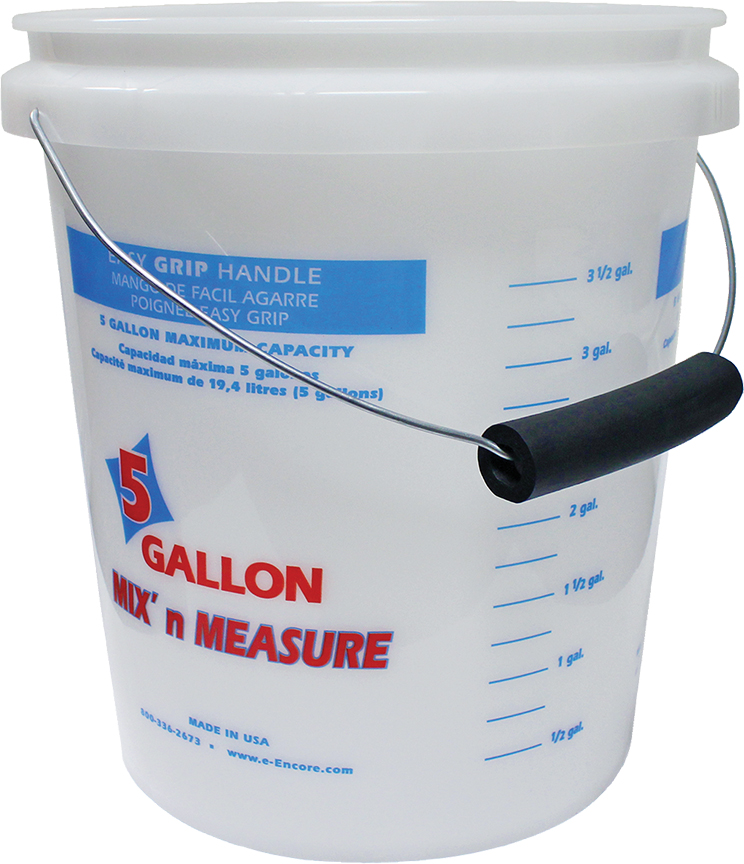When you prepare your own concentrated hydroponic nutrients, you need to carry out a significant number of measurements. As a consequence, you will deviate from your intended preparation by the errors inherent to these operations. Plants tolerate a significant array of conditions, so these errors – even though sometimes quite big – are often not big enough to kill plants and are therefore ignored by growers. These errors will, however, greatly hinder your ability to optimize and evolve your crop nutrition to a higher standard. In this post, we will talk about these errors, why and how they happen, when they are important, and how you can minimize them in order to obtain more reproducible results.

Types of error
Systematic Error
There are two types of errors that happen when anything is measured. The first is systematic error, which is the error inherent to calibration problems of the instrument. For example, you might be using a 1 gallon jug to prepare concentrated nutrients and always filling the jug to a mark you made on it. This mark is not going to be 1 gallon, but probably significantly over or under it. As long as you always use the same jug and fill to the same mark, this large deviation from 1 gallon will always be the same. As long as the measuring instrument is unchanged – meaning not recalibrated – the systematic error always remains the same in sign and magnitude.
Random Error
The second type of error relates to the randomness of the measuring process. Imagine that you used a sharpie to make the mark on the above-mentioned one-gallon jug, and you always try to measure to the same mark. The mark has some width, sometimes you will fill your jug up to the bottom of the mark, sometimes up to the top. Sometimes the surface where you place the jug where you measure will not be perfectly leveled, so the mark will be off because it will be higher at one side of the jug vs the other, etc. This error changes randomly, every time you measure. One time you might be +1%, the other -4%, etc.
Where the biggest errors happen
When you make your own hydroponic nutrients, you will be measuring two things: volume and mass. These two measurements will both carry systematic and random errors. The errors in scales are more obvious, so growers will always make an effort to get scales that are accurate enough for the measurements they want to make. For small growers, this means getting scales that can measure +/-0.01g with a decent capacity, normally 500g is fine. Buying weights to properly calibrate these scales is also recommended, in order to reduce systematic errors as much as possible.
However, always make sure you read at least 3 significant digits when making a weight measurement. This means if you need to measure 1.673485g, you need a scale that measures at least 2 digits, so that you can measure 1.67 +/- 0.01g. This will keep your error below the 1% mark. This is why it is often common to also get a +/-0.001g scale, to measure things like sodium molybdate. You can also go around this problem by preparing more concentrated solution, as your weights become larger, with larger volumes.
Volumes however are where the largest errors are accrued. Most growers will use non-calibrated receptacles to measure volume. The fact that something has a line drawn on it with a volume marking, does not mean that this line is accurate. The systematic errors in these receptacles are usually very large because these were never intended for accurate measurements of volume. Things like buckets, beakers, tanks, and jugs, should not be used to measure volumes. Wide containers, like buckets and tanks, also enhance errors that relate to parallax – your ability to judge whether a level of water is at a line – so the random component of your error will be quite large.
Consequences in nutrient values
In the best cases – for jugs, buckets, and tanks – the systematic error is around 10% with a random error of +/- 5% (3 sigma). If you are preparing a concentrated solution where the final expected concentration after dilution is 200 ppm of K, then this means that your actual K value in solution will start by being 10% over or under it – depending on which way the systematic error of your volume measurement goes – and then deviate +/-5% from there. This means that you are expected to get values all the way from 170 to 230 ppm in the final solution.
This is fine as far as keeping plants alive goes. A solution with 170 ppm will keep plants alive as well as a 230ppm solution would. This is the reason why most growers don’t see an immediate need to reduce these errors. If you’re growing healthy plants and you have less or more than what you intended, what is the problem?
How inaccuracy affects your process
There are three ways in which having inaccurately prepared solutions can affect your process. The first is that it makes you very vulnerable to changes. The second is that it makes it difficult for you to effectively optimize your setup, and the third is that it prevents others from being able to reproduce your results.
Changes in your setup can affect you deeply
Let’s say you optimized your nutrients with time and found that the optimal is 200ppm of K. In reality you have a bucket that always measures 10% less volume and you randomly deviate +/- 5% from that as well. This means that your final solutions are majorly in the 210-230 ppm range. Your trusty plastic bucket then cracks and you need to go and buy another one, you suddenly find that you’re not getting the same results. Now you have a bucket that just by chance, happens to measure the volume more accurately. You are now feeding 190-210ppm, substantially less K. You never knew that, you’re confused, you’re preparing everything the same way.
Your ability to optimize is hindered
The second problem is similar. Let’s say you prepared a batch of concentrated solution to compare feeding K at 180 ppm and K at 200 ppm. You prepare a single-stock solution to carry out the test. This bucket has a systematic error of +10% and a random error of +/-5%. For this batch, the solution happens to be 6% more concentrated than intended (+10% systematic, -4% random), so you end up with 190.8ppm and 212ppm. You find out that the 200 ppm preparation works better, so you decide to use it.
However, you run out of the stock solution you prepared for the experiment, so you prepare it again. However, you incur a different random error in this preparation – remember random errors are different every time you measure – and you end up being with a +1% random error, so a +11% total error. Your results are not as good as before, you don’t know why. The reason, you’re feeding 222ppm while in your previous experiment you had fed 212ppm. All while thinking you were feeding 200 ppm.
It becomes hard to share
Systematic and random errors can make effective sharing of results impractical. Imagine you have optimized your setup to the point where you’re sure that the solution you prepare is the best one for a given plant under some given conditions. Then, you want to share this with another grower and tell him how to mix your formulation. This person tries it and tells you that your solution doesn’t actually work the way you think. You might both be aiming for the same targets but hitting completely different numbers in reality. When sharing, it is important to share the numbers you aim for, as well as the error related to these values.
How to reduce errors
Prepare highly accurate small scale solutions
The easiest way to reduce errors when preparing hydroponic solutions is to base all preparations on small-scale experiments where the preparation can be done much more accurately, using calibrated volumetric material. Watch my videos on preparing hydroponic solutions, how to correctly prepare dilutions and how to characterize stock solutions, to learn more about how this is done.

The idea is that these small-scale preparations can tell you things such as: the amount of water you need to add for a given volume of stock solution, the expected conductivity of dilutions, and the expected density of the stock solution. Remember that salts take up volume, so to prepare 1 gallon of a concentrated stock solution you will need much less than 1 gallon of water. With this information, you can then prepare larger amounts of stock solutions, since you know the exact amount of water to add for a final volume, which you can accurately measure with a flow meter instead of having to use markings of any kind. You can then use the density measurement to check the accuracy of the preparation.
Perform fewer measurements
Every measurement you make incurs an additional error. It is better to prepare 2 concentrated nutrient solutions than to have 10 solutions with the salts being separated because you need to make 8 fewer volume measurements. If you minimize the number of measurements that you need to do to arrive at the nutrient solution that is fed to plants, you will also minimize the error incurred in these measurements. Minimize measurements from instruments with high errors. If your volumes have much more inaccuracy than your weights, prioritize lowering the number of times you measure volume vs weights.
Conclusion
Accuracy is something to strive for. It closes no doors, only opens them. It is not about being overly fuzzy or obsessive about it, it’s about using it to help you get better. Better practices, lower errors, more reproducibility, more learning. It’s a virtuous cycle. Errors are always there, whether you’re aware of them or not. Ignore them at your own peril.
If you have a process that is inaccurate that generates significant variations in your nutrient solution makeup, then these will be a problem, one way or another. You might be unable to judge whether changes in your crop are due to errors or due to changes, you might be unable to reproduce results and you might find yourself unable to meaningfully share results and explore with others. High accuracy is often not substantially expensive in hydroponics – instruments for accurate small-scale preparation are generally below the 200 USD mark total – and they can dramatically enhance the quality of your solutions and the conclusions you can make from experiments.
Do you prepare your own nutrient solutions? Do you know what your systematic and random errors are? Share with us in the comments below!





